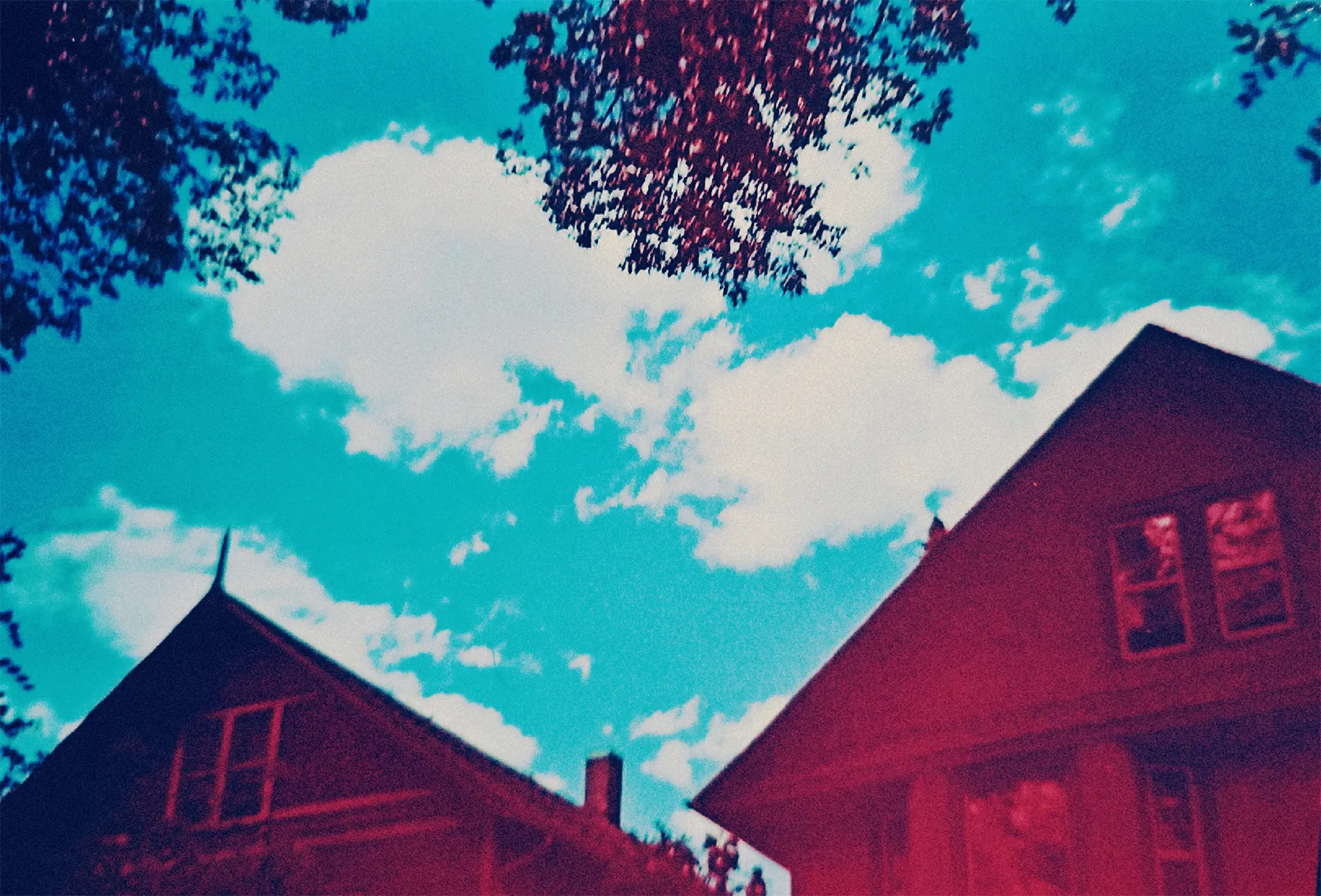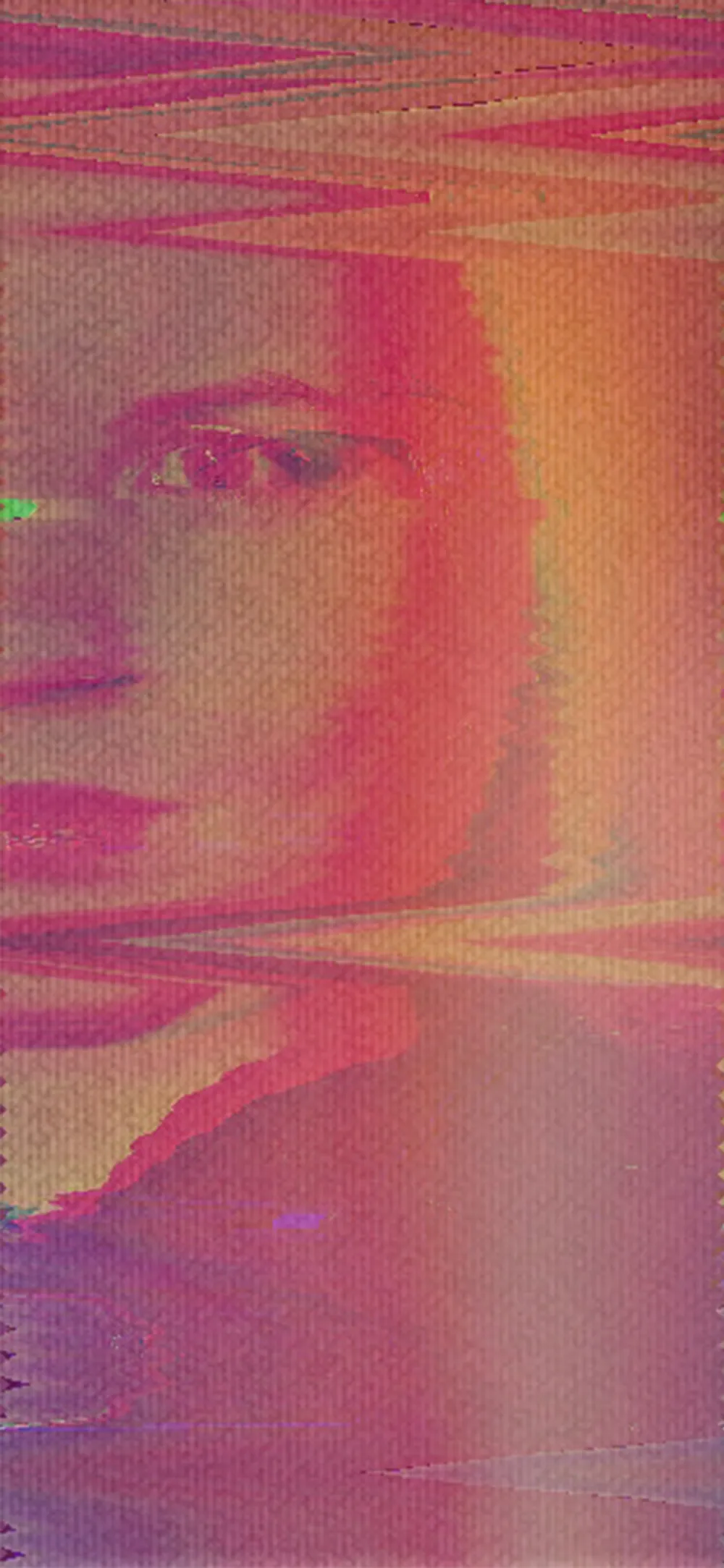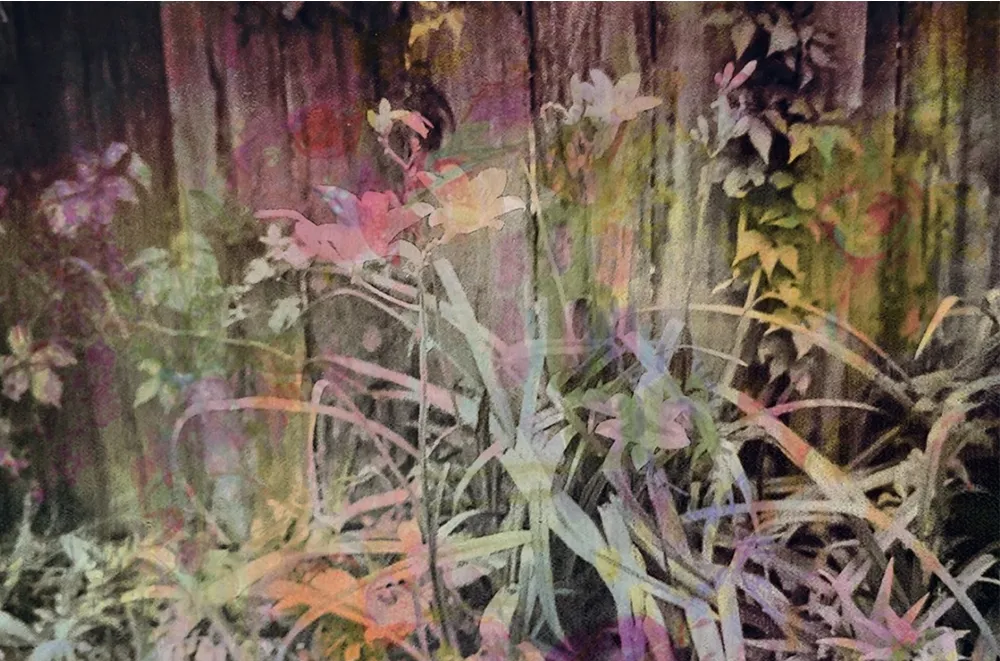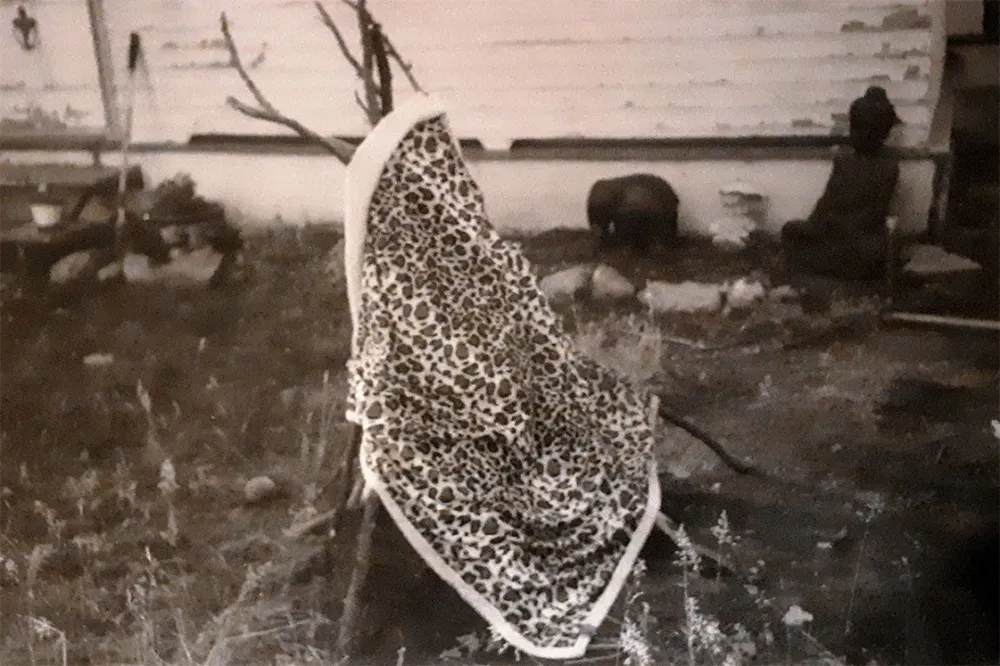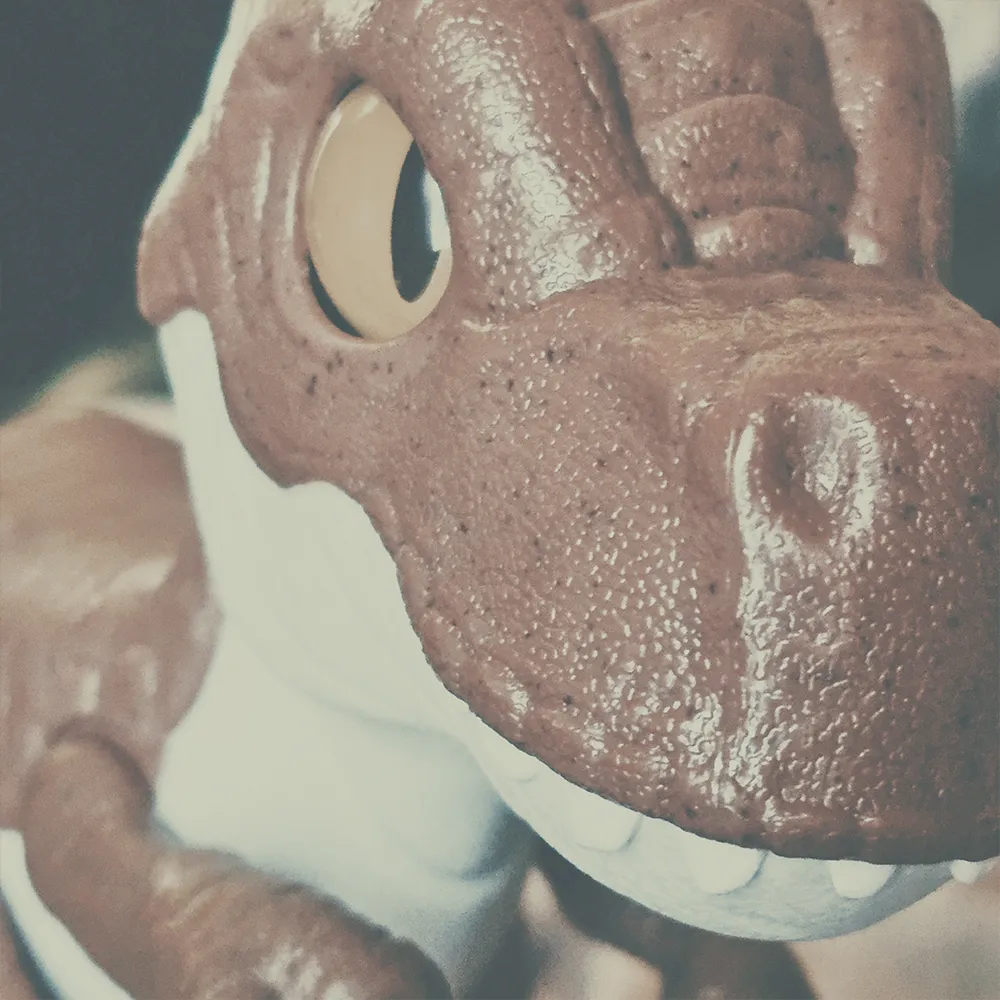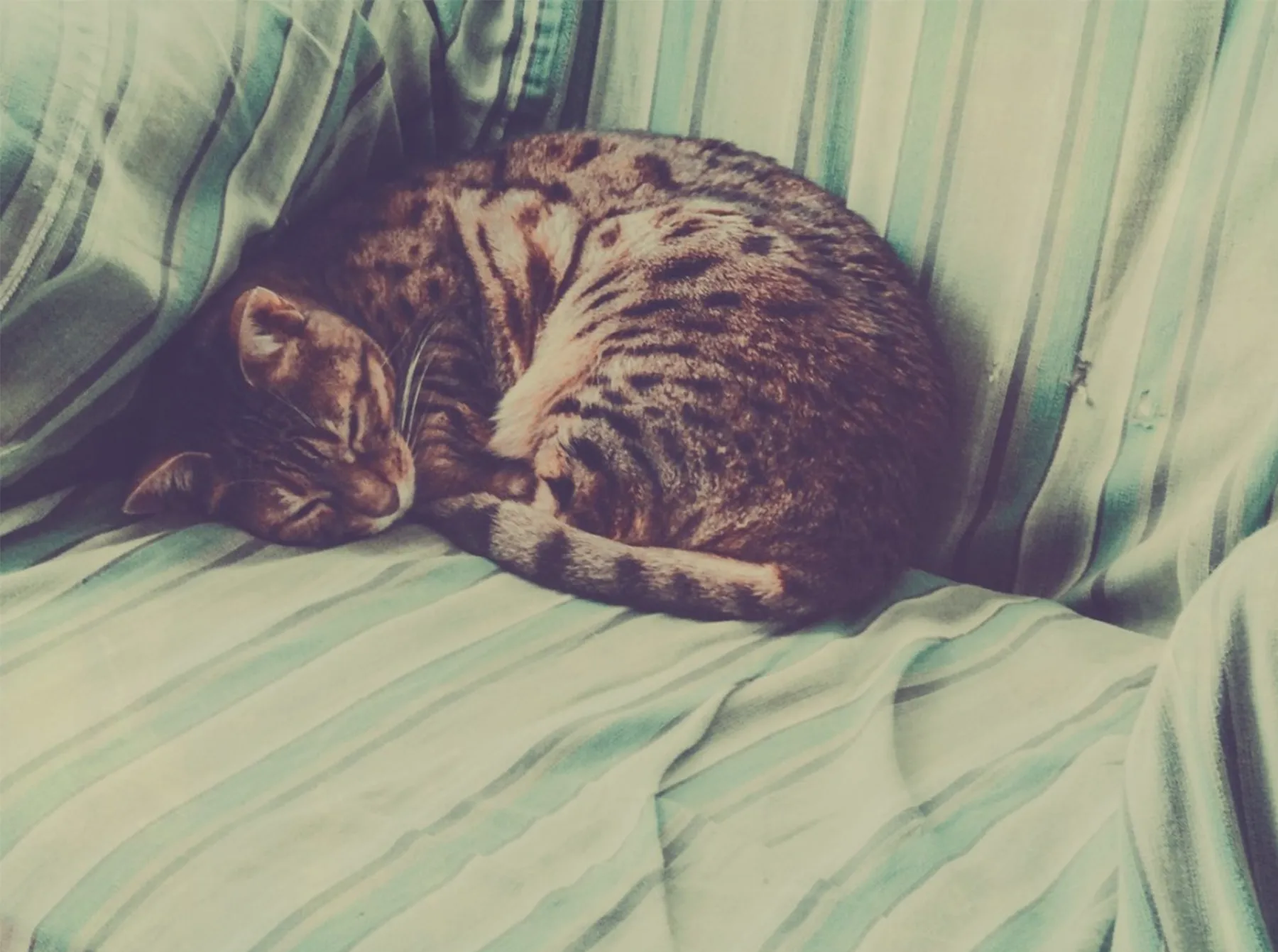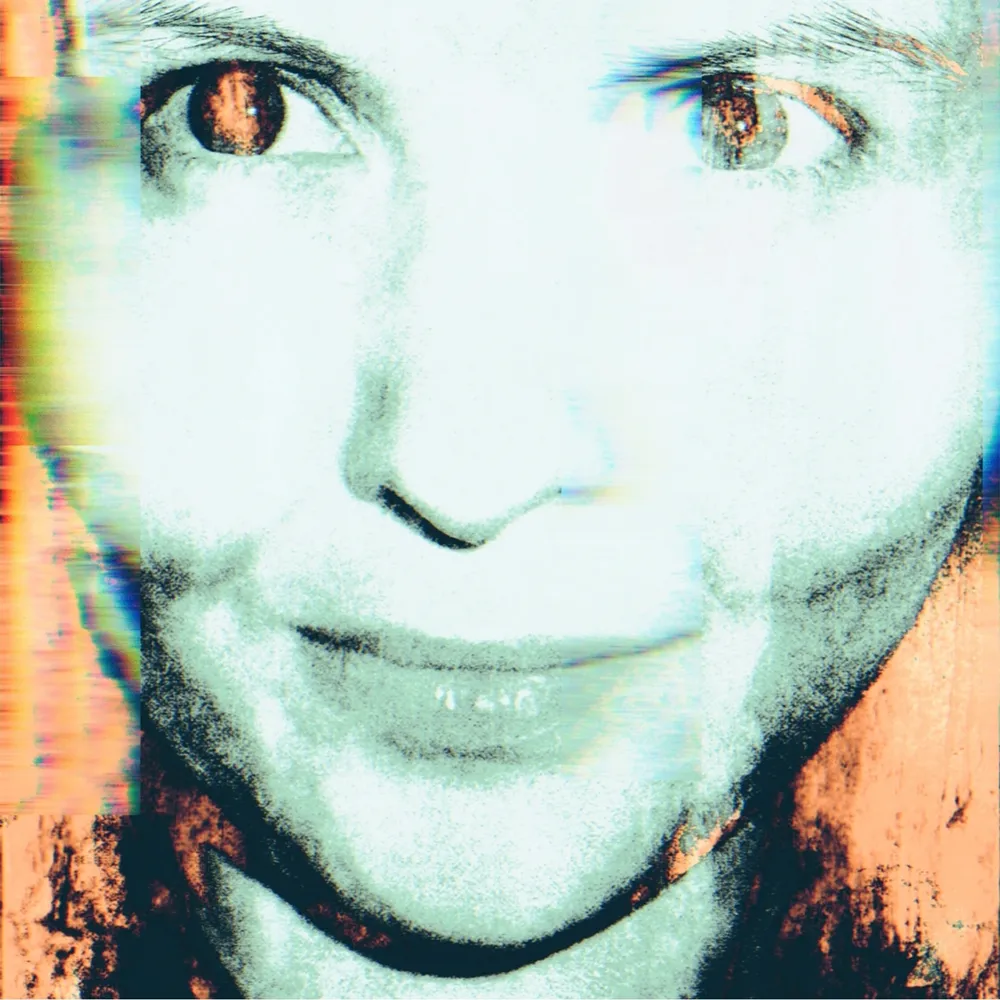Maureen Zacharki is an artist whose career spans both stage and still image, with roots firmly planted in the historic district of Old Nutana, Saskatoon. Educated in acting and theatre design at the University of Saskatchewan, she built her early artistic identity through a multidisciplinary practice encompassing acting, costume, set and lighting design, writing, and directing. These theatrical beginnings continue to shape her approach to photography, particularly in how she frames visual narratives and imbues her images with emotional cadence. The theatrical structure—gesture, lighting, atmosphere—carries over from stagecraft into her photography, enriching each frame with a sense of presence and subtle performance.
Her transition into photography was not simply an aesthetic pivot, but a response to deeply personal and medical challenges. From childhood, Zacharki has lived with Alice in Wonderland Syndrome, a rare neurological condition that distorts perception of time, space, and body. Later, she was diagnosed with Trigeminal Neuralgia, a painful nerve disorder that intensified her experience of internal fragmentation. In search of self-reconciliation, she began a series of self-portraits—using the lens not only as a creative tool but as a means of reclaiming identity and visualizing a fragmented sense of self. Through this deeply introspective practice, she explores dualities: the serene versus the painful, the seen versus the felt, the memory versus the moment.
